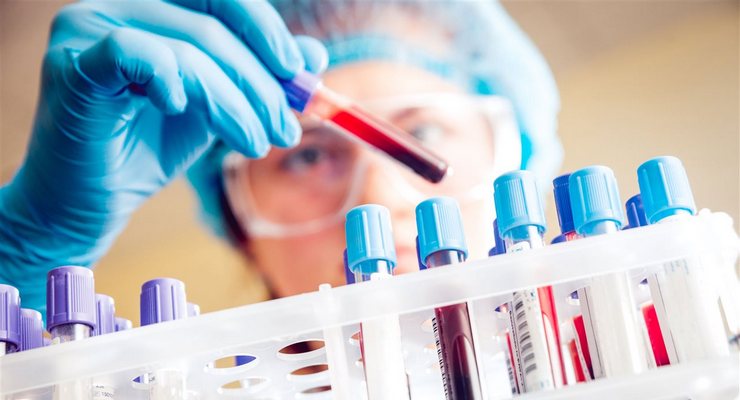
Experts in healthcare are continuously striving to develop new innovations that can improve and save lives. Even amidst the COVID-19 pandemic, scientists, physicians, and researchers continued to advance medical knowledge, enhance screening and diagnostic tools, and improve disease management platforms, bringing new hope to patients in 2021.
When it comes to medicine, there’s a lot to be excited for in the new year. Here are the top innovations you should know about and the potential impact they may have on healthcare.
Novel blood test detects over 50 types of cancers
While current guideline-recommended cancer screenings in the U.S. are critical, they are limited, testing for just five cancers and screening for a single cancer at a time. The Galleri test from GRAIL strives to transform cancer care and save lives by detecting a multitude of cancers at once and at earlier stages, when treatment is more likely to be effective.
In clinical validation studies, an earlier version of Galleri demonstrated the ability to detect more than 50 types of cancers — over 45 of which lack recommended screening today — with a very low false positive rate of less than 1%, all through a single blood draw. Galleri will be commercially available in 2021 and could have a tremendous human and economic impact.
Learn more at grail.com/galleri.
Life-changing vaccinations for COVID-19
With pharmaceutical companies accelerating vaccine development timelines to curb the COVID-19 pandemic, and healthcare researchers around the world collaborating and exploring solutions, hope is on the horizon: long-awaited vaccines from Pfizer and Moderna have been approved by the Food and Drug Administration (FDA). Now in the process of being distributed, the vaccine will first be available to vulnerable populations and frontline workers most at risk of the virus.
Smart-device connected pacemakers
Pacemakers and defibrillators are implantable devices that regulate and correct heartbeats through electrical pulse. Remote monitoring of these devices is essential to ensure proper functioning, which in the past has occurred through bedside technology that communicates data to healthcare teams. This can be cumbersome, confusing, and time-consuming for patients.
In 2021, patients will have new pacemaker options that work through wireless communication to a mobile app that provides data to their physicians. In addition to streamlining the data collection process, these apps are intended to engage the patient more deeply in their healthcare so they better understand their wellness journey.
Telehealth and remote patient monitoring
Resource constraints and a global pandemic has positioned telehealth to be more widely adopted, with many experts predicting remote healthcare to become standard practice for a multitude of applicable purposes, including routine checkups and mental health appointments. Insurance policy changes are also supporting this option for connecting patients and their providers, even when physically distant.
Although standard telehealth appointments might take place via secure video conference, the potential of virtual healthcare is even more dynamic. Remote patient monitoring uses special technology to connect healthcare teams to patients in their homes and can be used in chronic disease management, post-op recovery, and much more. Patients input vitals and other data and complex algorithms advise healthcare teams of trend departures so they can act quickly and effectively, helping improve health outcomes and reduce costs.














